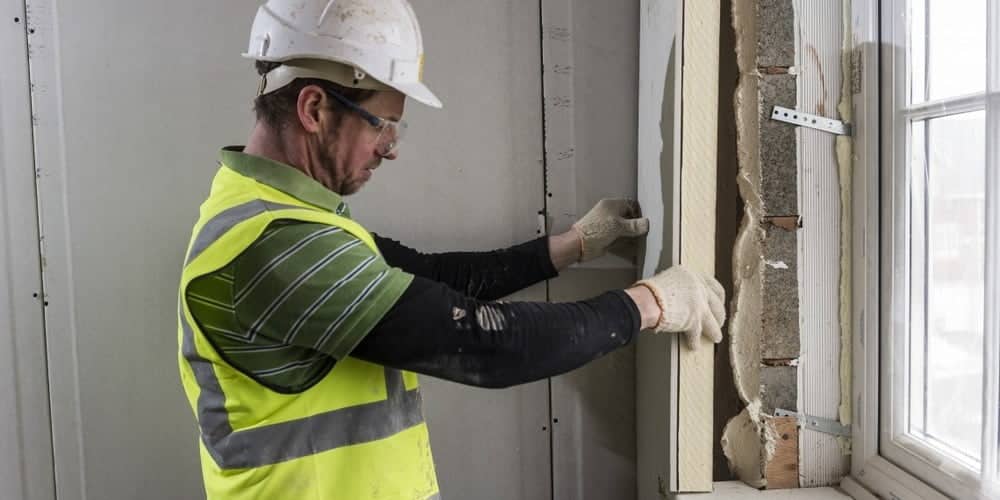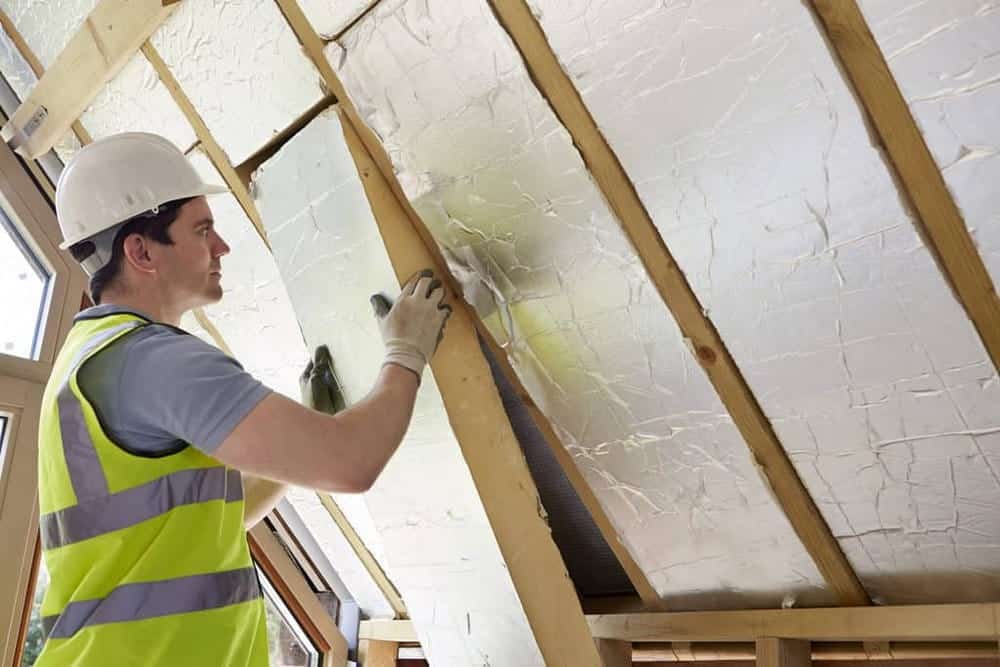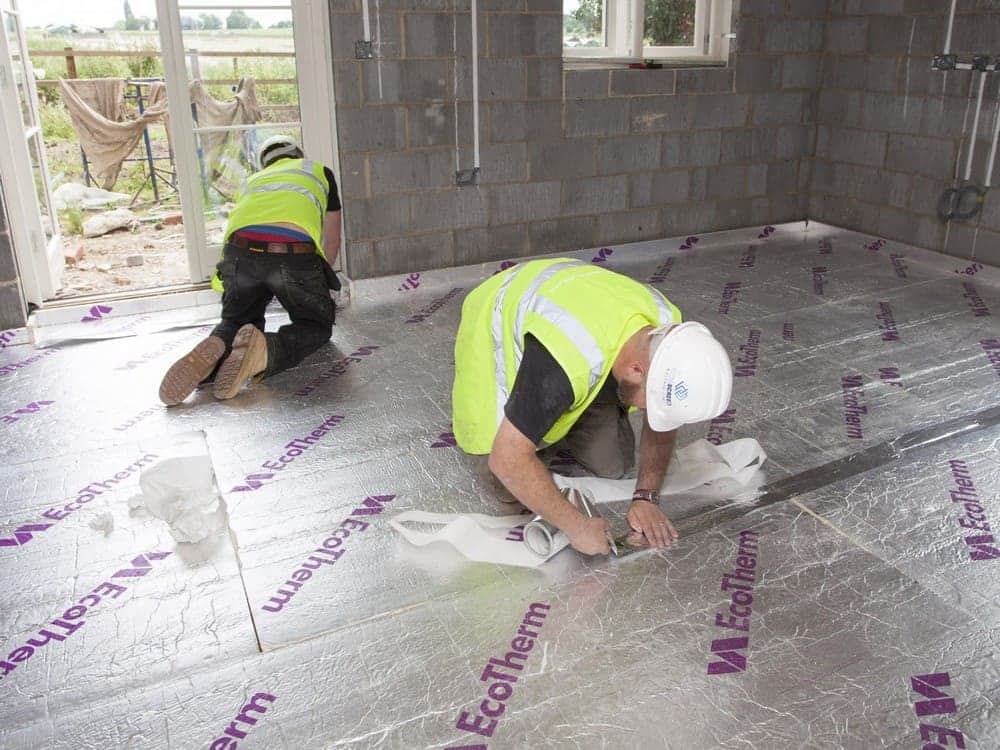
Polyisocyanurate (PIR) insulation boards keep your space cosy in the winter and cool in the summer, all while keeping your energy bills low. From remarkable thermal performance and fire resistance to space-saving thickness and easy installation, these materials help you create a well-insulated, eco-friendly environment in your home. Read on to learn more about the capabilities of this popular insulation material and what to consider when purchasing.
What Is a PIR Insulation Board?
These super-effective insulating boards are made from a material called Polyisocyanurate (hence the acronym PIR). They slow down the escape of heat from your home in winter and keep it out during scorching summers. You can use them on walls, roofs, floors – anywhere you want to keep things cosy or cool. They’re lightweight, which makes handling and installing them a breeze. Plus, they’re sturdy and durable, ensuring they’ll keep doing their job for a long time without wearing out.
Another neat thing is that they don’t take up much space. From thin nifty boards of 25mm to a thicker PIR insulation board of 150mm, that acts as a robust barrier, there are options for every home. If you need stronger padding or you’re insulating a super cold area, going thicker might be the solution. But if it’s a smaller project or a space where a thin layer would suffice, there’s a board for that too! Unlike some other materials that can be bulky, these tools are thin yet mighty, maximising your interior space without compromising on power.
Thickness
Speaking of thickness, this is one of the key considerations when looking through options online. This determines how well the material insulates. For example, a thick 150mm pir insulation board is great for areas where you need to amp up the shielding power. It protects your home from extreme temperatures – whether it’s frosty winters or scorching summers, these materials work hard to keep your indoor climate just right. So, a 150mm pir insulation thickness is a good choice if you need to insulate a space that faces serious temperature swings or needs that extra shield to stay cosy. They might be thicker than the usual options, but they do a fantastic job at keeping your space comfy all year round.
The thicker the board, the better it is at keeping your home snug as a bug. But if you’re in a tight space or you don’t need a massive insulating boost, then a thinner option will do the job just as well. Thickness around 25mm is perfect for those spots where space is tight, or you don’t need heavy-duty insulation.

Thermal Resistance
We measure thermal resistance in R-values. Thicker options like a 150mm pir insulation board often have a higher R-value than thinner models. So, if you’re in a place with wild weather swings, a higher R-value shields you against temperature fluctuations. If you’re in a milder climate, a lower rating will work just fine without overdoing it. And if you’re in an area where temperatures go to the extremes, aim for a higher rating that will keep things in check. Consider your climate, the area you’re insulating, and the kind of temperature control you’re after. Find the sweet spot in thermal resistance to get the material that’ll keep your space cosy without breaking a sweat.
Moisture Resistance
Moisture is a big troublemaker in buildings, causing issues like mould and decay. But PIR boards do a great job of keeping moisture at bay, which means fewer worries about that damp, soggy situation in your walls or roof. They’re like dependable barriers against the elements, ensuring your insulation stays strong and effective over time. So, give your home an extra layer of defence against rainy days and keep everything snug and dry inside.
Application Area
These boards are versatile puzzle pieces that you can fit into different parts of your home. Whether it’s the walls, the roof, or the floor, even thicker PIR insulation of 150mm can snugly settle into these spaces. However, different areas might need different types of boards. For instance, if you’re insulating your walls, you’ll need pieces that fit into the stud spaces or wall cavities. But if it’s the roof you’re working on, a board that’s sturdy and can handle the outdoors will be more up your alley. So, think about where you plan to install these panels. Each area has its own requirements, and choosing the right panel for the job is like finding the best-suited gear for a specific task.
Durability
You want your PIR boards to hold up well over time, just like your favourite pair of shoes that never seem to wear out. Many of these boards easily handle the elements without losing their effectiveness. Whether it’s facing extreme temperatures or battling against the usual wear of daily life, they’re resilient. And a durable board means you won’t have to worry about constant replacements.

Installation
Installing your PIR insulation boards is like putting together a straightforward piece of furniture versus one that requires an engineering degree. They’re lightweight and not too bulky, making them a breeze to transport and work with. This process doesn’t usually require any fancy tools or complex procedures. You can cut them to fit the space with regular tools and fix them into place without a lot of hassle.
Now, of course, the ease of installation can vary depending on the specific project and your DIY skills. If you’re insulating a basic wall, it’s usually a walk in the park. But if you’re working on a more complex area, like an oddly shaped ceiling or around tricky corners, it might take more effort and time. Think about how comfortable you are with the DIY-ing and what the installation demands. But overall, they’re usually user-friendly and will make your insulation project a lot less of a headache.
Supplier Reputation
Lastly, a supplier’s reputation can give you insight into the quality of the boards they’re selling. A good supplier means they offer high-quality products and good customer service. They stand by their products and offer support if you need it, which is super important, especially if you have questions or issues with your purchase. So, before hitting that ‘buy’ button, check out the reviews, feedback, or any info you can find about the supplier’s track record. This bit of detective work will ensure you’re getting your hands on top-notch boards that’ll do the job well.









